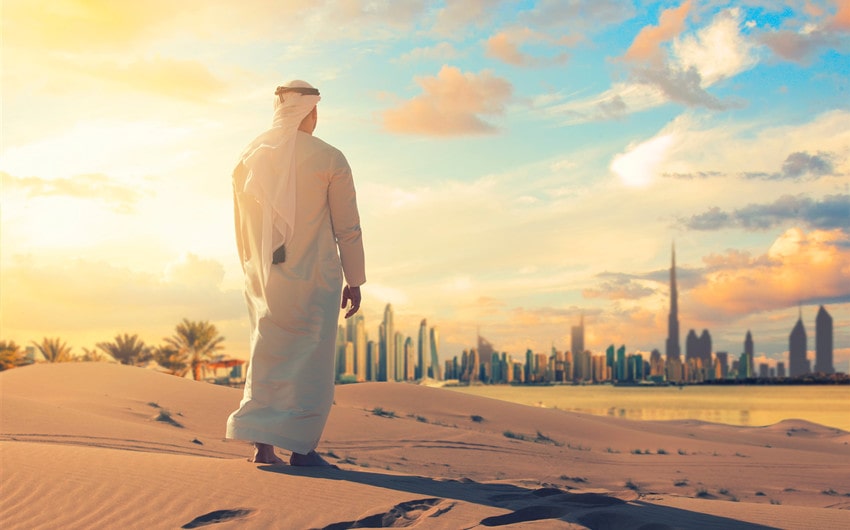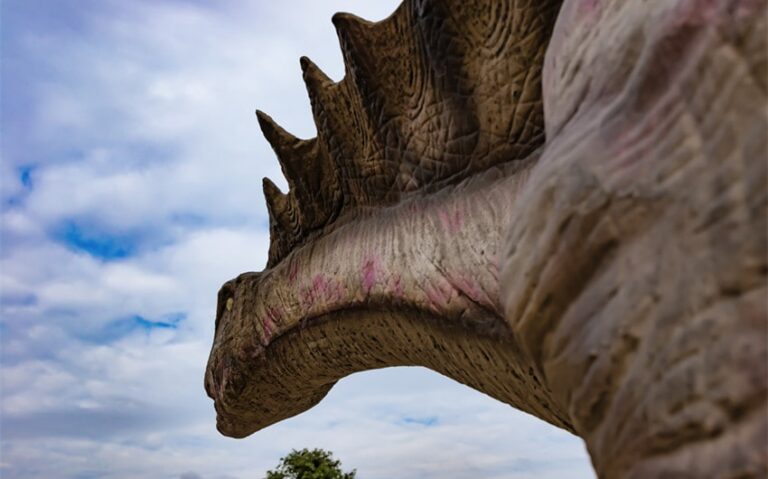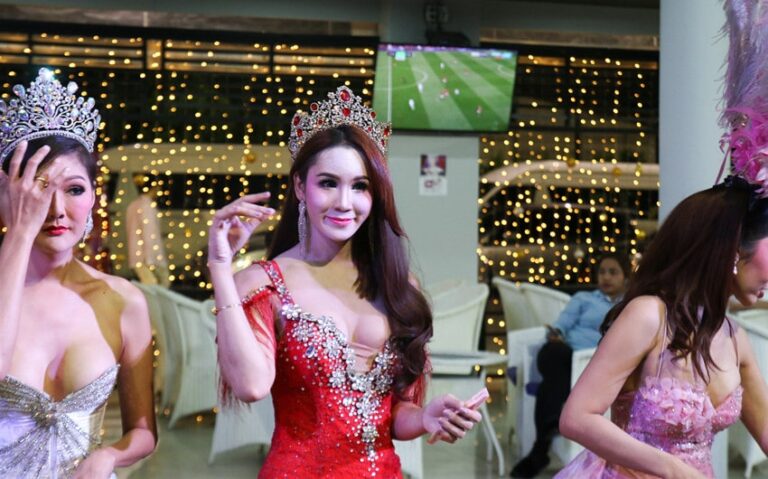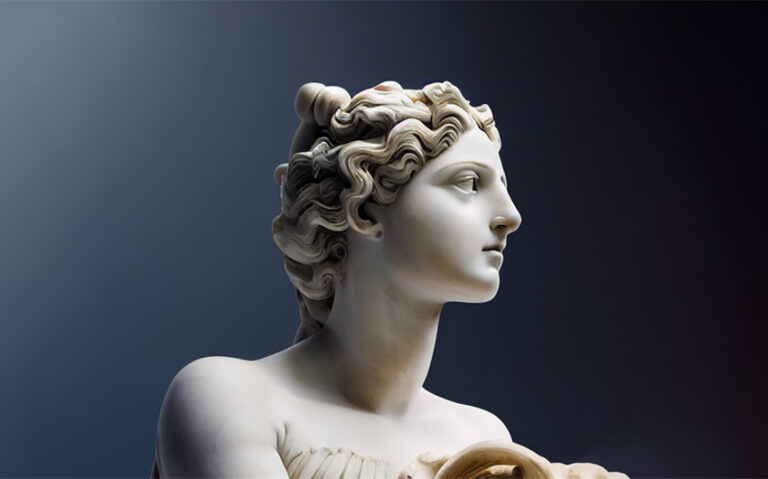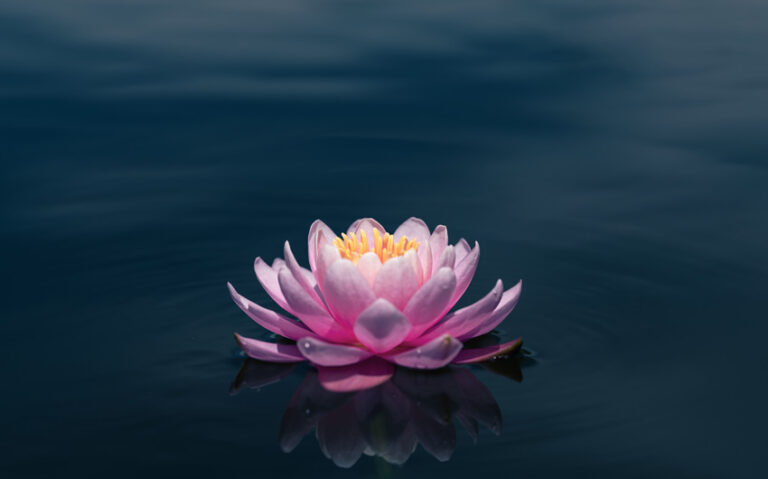Why Are People in Dubai So Rich? The Story Behind the Shine
The first time I saw photos of Dubai, I thought I was looking at a sci-fi movie set. Towers scraping the clouds, man-made islands shaped like palm trees, supercars at stoplights, and malls that included ski slopes. There’s a particular shimmer to Dubai—one that makes you wonder: are people there really that rich? And if so, how did it happen?
It Starts With Oil—But That’s Not the Whole Picture
Dubai’s wealth story often starts with oil, but here’s the twist—Dubai doesn’t actually have much of it. The real oil powerhouse in the United Arab Emirates is Abu Dhabi, which holds the majority of the country’s petroleum reserves. Dubai did discover oil in 1966, and that discovery did provide a financial springboard. But unlike its neighbors, Dubai had to look beyond fossil fuels early on to secure its future.
The limited oil supply was both a challenge and a blessing. While it meant Dubai couldn’t rely on oil forever, it also forced its leaders to diversify early. The ruling family used initial oil profits to build up infrastructure: roads, ports, airports, and public services. They poured money into laying the physical groundwork for a post-oil economy—and they did it fast.
So yes, oil opened the first door. But what made Dubai rich in the long run was what they did after that door opened: they built a city that would make people and money want to stay even after the oil ran out.
A Strategic Move Toward Trade, Tourism, and Business
Dubai sits at a global crossroads—geographically positioned between Europe, Asia, and Africa. It leveraged this location by turning itself into a global hub for trade and transport. The government created “free zones” with tax incentives and minimal regulation to attract multinational companies, startups, and investors.
Jebel Ali Port, built in the late 1970s, became one of the world’s busiest and most efficient ports. Then came Dubai International Airport, which connected the city to over 260 destinations. Emirates Airlines helped reinforce Dubai’s brand: sleek, global, and world-class. With each project, the city stitched itself into the fabric of global logistics and business.
But trade and infrastructure were just the beginning. Dubai also invested heavily in tourism. From luxury hotels like the Burj Al Arab to events like the Dubai Shopping Festival and Expo 2020, the city positioned itself as the Middle East’s entertainment and retail capital. Tourism alone contributes over 10% to Dubai’s GDP. Add in real estate, aviation, banking, and hospitality, and you get an economic ecosystem designed to attract—and keep—wealth flowing in.
No Income Tax? That Helps Too
If you ask a high-earning expat why they moved to Dubai, chances are you’ll hear one word: taxes. Or rather, the lack of them. Dubai—and the UAE more broadly—charges no personal income tax. That means if you earn $100,000, you keep $100,000. No federal deductions, no tax brackets, no April dread.
This has made Dubai incredibly attractive to professionals in finance, law, consulting, and tech. For wealthy individuals, the savings can be enormous. For companies, it reduces salary overhead and attracts top global talent. The tax-free model also encourages spending and investing locally, boosting industries like luxury retail, hospitality, and property development.
Of course, there are other taxes—like a 5% value-added tax (VAT), import duties, and various business fees—but these are relatively low compared to what you’d find in Western countries. The bottom line: when you take home more of your paycheck, you’re more likely to spend, invest, and build wealth. In Dubai, the math works in your favor—especially if you’re already wealthy to begin with.
Luxury Culture Is Real—But It’s Also a Brand
Dubai’s image as a luxury haven isn’t accidental—it’s branding on a master level. The government and private sector have worked together to market the city as a place where anything is possible. Whether it’s gold-dispensing ATMs, Rolls-Royce police cars, or seven-star hotels, Dubai embraces spectacle. It sells a fantasy—and people buy in.
This brand has attracted celebrities, influencers, real estate investors, and global elites. It’s why Formula One drivers vacation here, why billionaires park their yachts in the marina, and why high-end designers fight for space on Sheikh Zayed Road. But it also creates an illusion: one where the city seems more uniformly rich than it really is.
The culture of luxury is visible and loud. Supercars rev outside malls. High-rise penthouses showcase Instagram-perfect lives. But part of what makes it feel so abundant is repetition. You see wealth constantly displayed—so it feels like everyone has it. In truth, it’s a curated experience, carefully crafted to maintain Dubai’s allure as a playground for the global rich.
But Not Everyone in Dubai Is Rich
Here’s the part that rarely makes it into the brochures: the vast majority of people in Dubai are not rich. In fact, most aren’t even citizens. Over 85% of Dubai’s population is made up of foreign workers. These include Western expats in white-collar jobs, but also large numbers of laborers from countries like India, Pakistan, Bangladesh, and the Philippines.
These workers form the backbone of the city. They build the towers, clean the hotels, drive the taxis, and run the services that make the city function. Many live in shared housing outside the city center and earn modest wages. Some face difficult working conditions, long hours, and limited legal protections. Their lives are a far cry from the glitz of downtown.
So while Dubai does have a high concentration of wealth, it also has stark economic inequality. For every luxury brunch, there’s someone working behind the scenes for minimum pay. For every private jet, there’s a shuttle bus full of workers heading to construction sites at dawn. The wealth is real—but so is the divide.
Government Vision and Control Shape Everything
Dubai’s rapid transformation didn’t happen by accident. It was guided by a strong, centralized government with a clear vision. Sheikh Mohammed bin Rashid Al Maktoum, the ruler of Dubai, has played a pivotal role in shaping the city’s trajectory. Under his leadership, Dubai focused on ambitious goals: economic diversification, innovation, and becoming a global city.
Because the UAE is a monarchy, major decisions can be made quickly without layers of political gridlock. This allows for massive infrastructure projects, regulatory reforms, and strategic investments to be executed with speed and consistency. Government-backed entities like Dubai Holding and the Investment Corporation of Dubai control major sectors—from telecom to tourism to real estate—ensuring that public and private interests are often aligned.
This level of centralized control has allowed Dubai to pivot when needed. When oil wasn’t enough, they went all-in on tourism. When the 2008 crisis hit, they doubled down on finance and trade. When COVID impacted global travel, they repositioned the city as a remote work hub. It’s a city that adapts fast—because it’s structured to move as one.
So, Why Are People in Dubai So Rich?
Because Dubai built itself to attract, generate, and concentrate wealth. Oil gave it a head start, but trade, real estate, tourism, finance, and visionary leadership turned it into a financial magnet. The tax-free model draws in high earners. The luxury branding appeals to elites. And the city’s infrastructure, location, and ambition keep it growing.
But not everyone in Dubai is rich—and not everyone benefits equally. The city is as much about aspiration and appearance as it is about actual wealth. Some of what we see is real. Some of it is curated. All of it is intentional.
For me, Dubai’s wealth story is less about riches and more about reinvention. It’s what happens when a small desert city refuses to stay small. When it reinvests its past into its future. When it turns every building, every policy, every ad into a message: this is a place where anything is possible—especially wealth.
